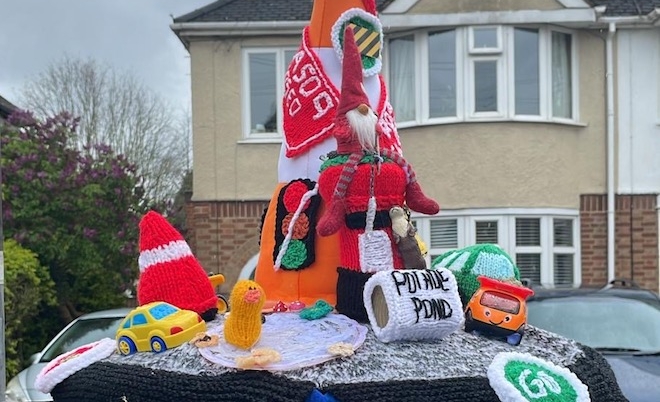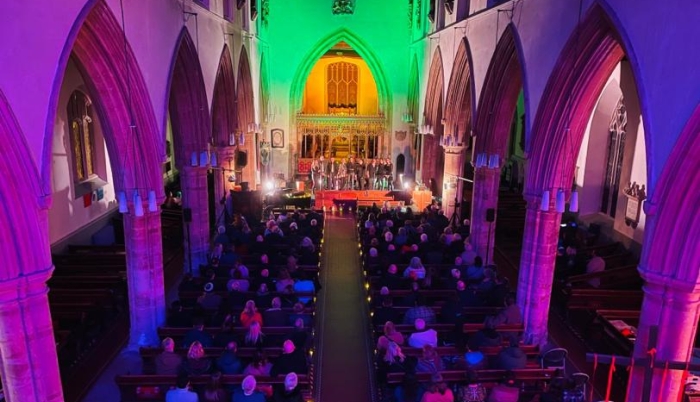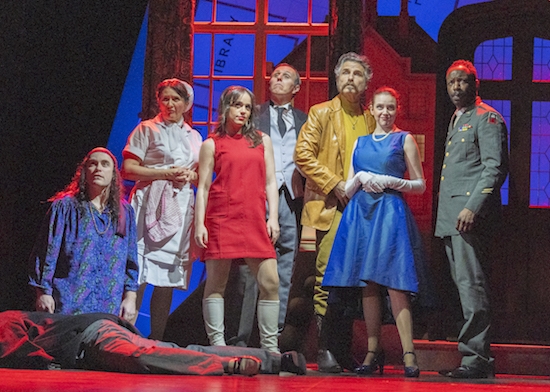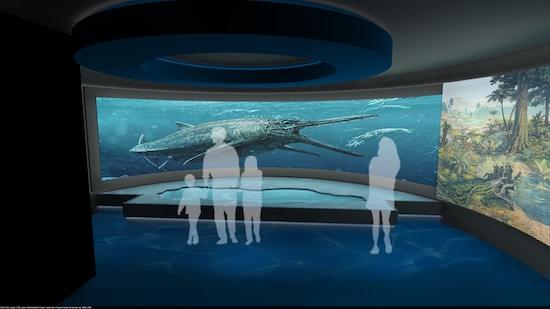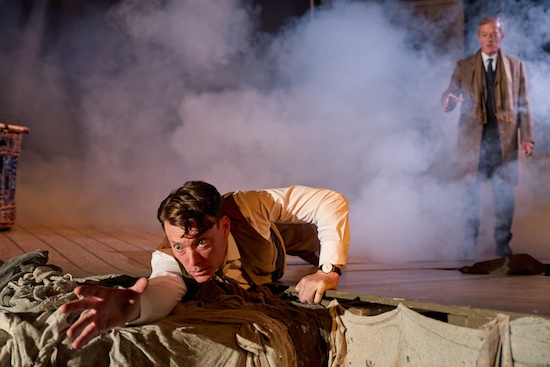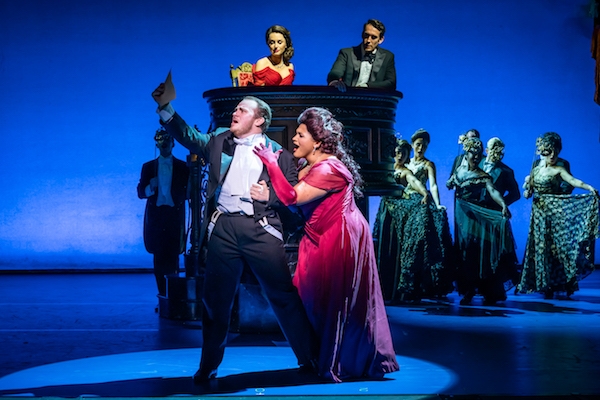Veterans who worked on Colossus, the code-breaking machine used to decrypt German High Command messages during the second world war, came to The National Museum of Computing yesterday to celebrate the 75th anniversary of the astonishing machine.
On a new Colossus at 75 D-Day display, alongside the world-famous rebuild of Colossus, they saw details of some of those decrypted messages between Hitler and his generals in the run-up to D-Day.
Before an audience that also included relatives of Tommy Flowers and his ‘Band of Brothers’ who created Colossus, Andy Clark, a TNMOC trustee and cyber security expert, explained how Lorenz messages of the German High Command were intercepted and decrypted.
Those decoded messages revealed that the Germans had been taken in by the elaborate deception of Project Fortitude and that the enemy believed that the Allied invasion forces would land near Calais rather than the real destination of the beaches of Normandy.
In the past few months, TNMOC researchers have delved through masses of information in the National Archives to uncover detailed intelligence that the Lorenz decrypts revealed with the help of Colossus.
One of examples shown in the new display highlights German unpreparedness for D-Day. On 5 June, the day before the invasion, German command reported “As yet there is no immediate prospect of the invasion.” Field Marshal Rommel, a key figure in the defence of the Normandy area, left his HQ to visit his wife.
Other commanders were also absent from their posts. They had to return hastily!
The struggle to decrypt the Lorenz messages as they increased in number and encryption complexity was vividly described by researcher Mark Priestley. Even with Colossus, the task faced by the cryptologists was enormous.
He described how Bletchley Park prioritised decrypts and delivered the key information to a range of ministries and commands.
The Wrens who had worked in strictly enforced and compartmentalised security knew nothing of this at the time and only in this century have they begun to realise the significance of their work.
Colossus Wren Irene Dixon, now aged 94, vividly recalled an event 75 years ago in the run-up to D-Day. “I was working one night with Jack Good [a Bletchley Park cryptologist]. He seemed extra happy at our Colossus readings and without telling me why took me into the adjacent room.
"This was most unusual as I had never been outside of my usual workplace room before. Here he used what I now know was a Tunny machine [the final stage in decryption]. As Jack used it, he was obviously ‘over the moon’ with what he had found. We must have had speedy decryptions for the essential incoming messages!”
Andy Clark said, “We owe a huge debt to the women and men who worked at Bletchley Park during the second world war. It was a privilege to be with some of those surviving Wrens and to hear their stories at the anniversary event.
“Our museum focuses on the history of computing. Human stories are at the heart of the history we bring to life. Our aim is to inspire the general public and especially the coming generations of computer scientists and engineers.”
The new D-Day display can be seen at The National Museum of Computing in the Colossus Gallery Tuesdays to Sundays 10.30am to 5.00 pm.
Never miss news or leisure info in Milton Keynes - Follow us on www.twitter.com/thisistotalmk
And on Facebook: www.facebook.com/thisistotalmk










